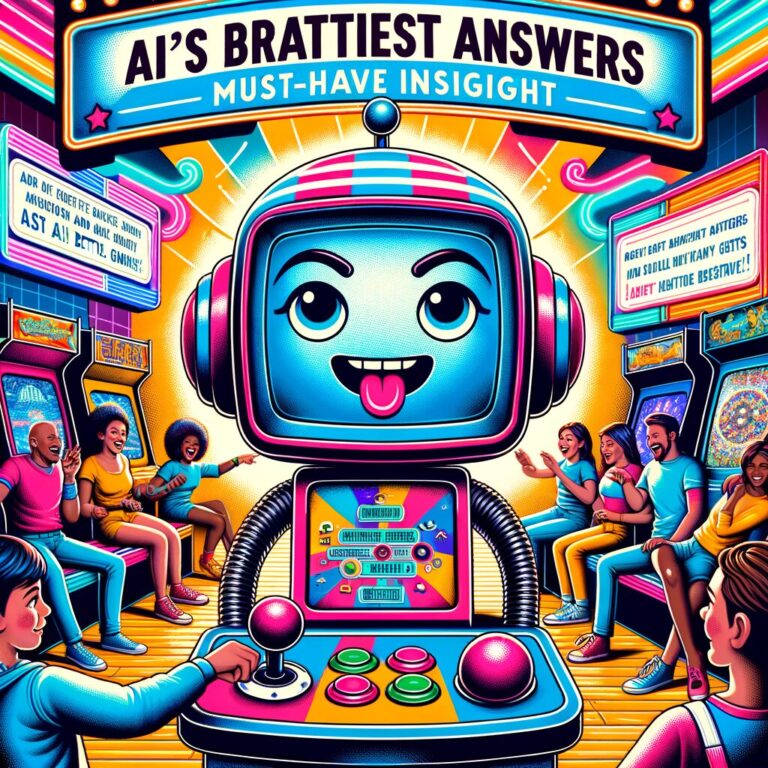AI Chatbot Safety: Best Practices for Kids
Children today are growing up in a world where technology plays a significant role in their daily lives. With the increasing popularity of AI chatbots, it is essential for parents and caregivers to be aware of the potential risks associated with children interacting with these virtual assistants. In this article, we will discuss best practices for ensuring the safety of kids when using AI chatbots.
Understanding AI Chatbots and Their Risks
AI chatbots are computer programs designed to simulate human conversation using artificial intelligence. They can provide information, answer questions, and engage in conversations with users. While AI chatbots can be useful educational tools for children, they also pose certain risks, especially when children interact with them unsupervised.
One of the main concerns regarding AI chatbots is the potential exposure of children to inappropriate content such as explicit language, violence, or other harmful material. Since chatbots learn from the interactions they have, there is a risk that they may unknowingly convey inappropriate or harmful messages to children.
Best Practices for Ensuring Kids’ Safety
To help safeguard children when using AI chatbots, here are some best practices to consider:
1. Parental Supervision: It is crucial for parents and caregivers to supervise children’s interactions with AI chatbots. Monitoring the conversations and guiding children on how to use chatbots responsibly can help prevent them from encountering inappropriate content.
2. Set Boundaries: Establish clear rules and boundaries for children when using AI chatbots. This includes limiting the time spent interacting with chatbots and specifying which topics are appropriate for discussion.
3. Use Child-Friendly Chatbots: Opt for AI chatbots specifically designed for children, as they are more likely to have built-in safety features and content filters to ensure a safer experience for kids.
4. Teach Online Safety: Educate children about online safety practices, such as not sharing personal information with chatbots, not clicking on unknown links, and immediately reporting any suspicious behavior.
5. Regular Check-ins: Regularly check in with children about their interactions with AI chatbots. Encourage open communication so that children feel comfortable sharing any concerns or experiences they may have had.
By implementing these best practices, parents and caregivers can help create a safer environment for children to interact with AI chatbots responsibly.
Conclusion
AI chatbots can offer valuable learning experiences for children, but their use should be accompanied by appropriate safety measures. Ensuring that children are supervised, setting clear boundaries, using child-friendly chatbots, teaching online safety, and maintaining open communication are all crucial steps in safeguarding kids when engaging with AI chatbots. By promoting responsible and safe use of technology, parents can help children benefit from the educational opportunities AI chatbots provide while minimizing potential risks.






